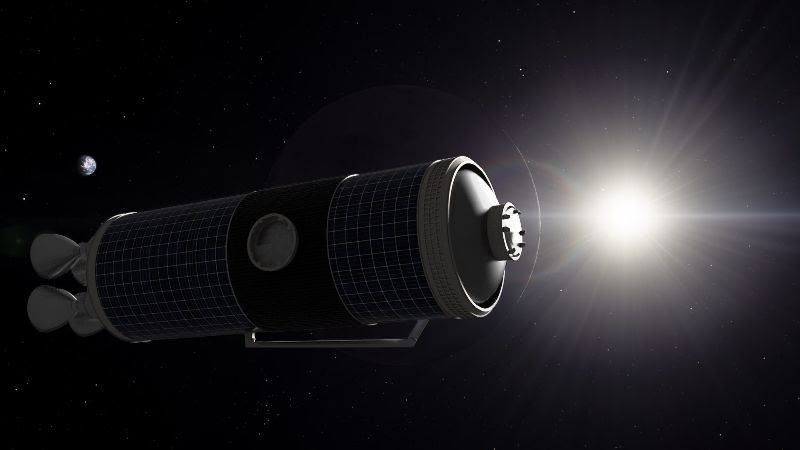Create a free profile to get unlimited access to exclusive videos, sweepstakes, and more!
Can we actually make space stations out of disembodied rocket parts?

SpaceX has already proven that it makes sense to recycle rocket leftovers. Now Nanoracks, another ultracool futuretech company partly responsible for the first batch of cookies soon to be baked in space, has figured out another thing to do with used rocket parts.
NASA was actually the inspiration behind this. During the Apollo era, the space agency thought about repurposing some upper stages into a space station (a lunar outpost in this case), a concept called the “wet workshop” or “wet lab.” Nanoracks recently announced that it will be reviving this idea because they see it as part of their vision of the future. Not only that, but this will be the first time anyone will be doing the metal cutting completely in space to make that outpost a reality.
“Nanoracks will be building a self-contained hosted payload platform that will demonstrate the robotic cutting of second stage representative tank material on-orbit. Never before has structural metal cutting been done in-space,” the company said in a press release.
How will they do it? For what is now called the Outpost program, Nanoracks has joined forces with Maxar Technologies, a space technology company specializing in satellites and robotics. Maxar is developing a robotic arm that will cut with such high rotations per minute that the metal will actually melt as it is being sliced—leaving behind zero space junk. Garbage in space has become a growing issue as we keep launching more spacecraft. Just one scratch can take down hypersensitive instruments.
The Outpost demonstration mission that will take off late next year is meant to prove to NASA, which both companies are partnered with, that the maneuver actually works. There will be half an hour to an hour for the robot arm to cut all three rocket metal pieces. The pieces will all represent different types of rocket upper stages, such as the Centaur 3, the upper stage of the Atlas V rocket. Nanoracks and Maxar even plan to beam photos and videos of the cutting process back to Earth.
Outpost will take to the sky on a payload adapter ring (aka an ESPA ring), which hitches a ride on the main rocket and launches secondary payloads into our planet’s orbit.
“Nanoracks is laying the groundwork for converting upper stages in orbit,” Nanoracks’ press release said. This technology could prove so important as both industry and NASA look to find the most cost-effective vehicles and programs that will bring humans to the Moon, and soon to Mars.
Between Outpost and possibly making habitats out of billion-year-old lunar lava tubes, there may be no space junk in our future.
(via Nanoracks)














